Discover the Wabanaki-Acadian Forest with Thriving Forests
Spotlight on the red spruce – Picea rubens – gawatgw
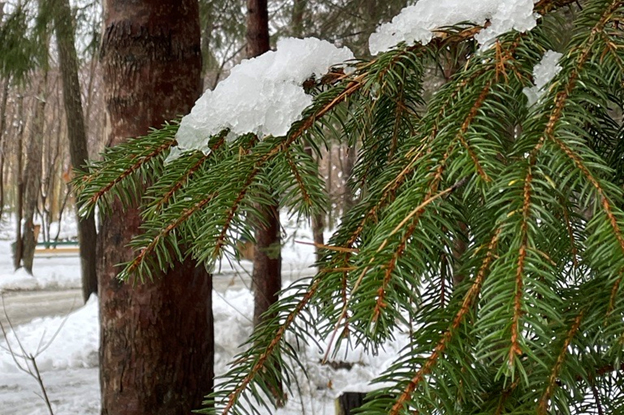
Through Thriving Forests, a program dedicated to understanding the ecological importance of Wabanaki-Acadian Forest in Nova Scotia, we’re shining a spotlight on the red spruce this month.
Red spruce is the provincial tree of Nova Scotia and is native to the Wabanaki Forest. As a slow growing, shade tolerant species, it can survive in the understory of a forest for many years. Typically, a mature red spruce will reach a height of up to 25 metres tall, but in some cases, it can grow up to 40 metres. The longest lived of the native spruces has been found to reach up to 450 years old.
Uses of red spruce
Red spruce wood is relatively soft and light in colour, making it valuable for various purposes, including lumber, pulp and Christmas trees. It is also an excellent tonewood and is commonly used in high-end acoustic guitars.

Identifying red spruce
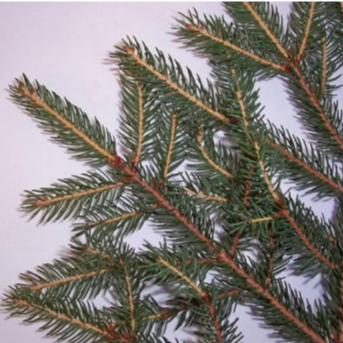
The back of a red spruce branch. Twigs are reddish brown and new growth is yellowish brown.
red spruce
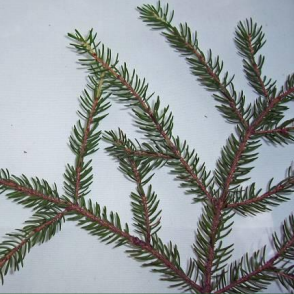
The back of a black spruce branch. Twigs are brown to reddish and new growth is light green.
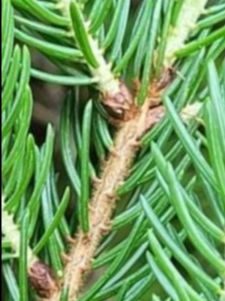
There are three spruce species native to Nova Scotia and they can be difficult to tell apart. Red and black spruce often hybridize, making it even harder to differentiate. Generally, spruce needles have sharp points and four sides which enables them to roll between fingers (as opposed to fir or hemlock needles which are flat).
White spruce needles have a strong odor when crushed, and grow on hairless twigs, while red and black spruce have hairy twigs, especially on new growth. These hairs are small and may require a magnifier for clear visibility.
When determining whether a group of trees are red spruce or black spruce, it can be helpful to examine the site for clues. If it is a poor site with a limiting factor (like wet soil), the trees are likely to be black spruce. If the site is average or rich, the trees are more likely to be red spruce. Additionally, red spruce shed its cones every year, whereas black spruce tends to hold onto cones near the top of the tree for a long time.

Identifying red spruce seeds
Red spruce, like other native conifers, produces seed cones in the early autumn. Their seed cones begin to ripen during late-September to October in Atlantic Canada. Unlike Eastern white pine, red spruce’s cones are much smaller in size, reaching only 2-5cm in length. The light-brown cones encase small, dark-brown seeds measuring 3-4 mm in length.
To join our network of tree monitors or if you know a stand of trees in your community that you would like to direct us to, please reach out via thrivingforests@cleanfoundation.ca.
If you are interested in learning more about Thriving Forests program, click below.
In-home energy assessment team pivots to provide social support to vulnerable communities
Authors: Devon Morrison, Clean Foundation, ENS and Kate Powe, United Way In early March, the global COVID-19 pandemic led the Nova Scotia government to issue a State of Emergency. Schools were closed, borders tightened, schools moved to...
Cod and COVID: a discussion on workforce transitions in a time of crisis
Photo credits: Lauren Murphy – Clean Foundation 2020 / Sandra McKenzie – contributed Sandra McKenzie spent more than 30 years working for the province of Nova Scotia, culminating as deputy minister of Education and Early Childhood Development until her...
Nova Scotia is a leader in financing for home clean energy
Financing home energy projects can be very expensive and presents a barrier to green solutions. Property Assessed Clean Energy (PACE) programs help homeowners make good environmental choices that actually saves them money. Sean Kelly, Director at Clean, writes about...
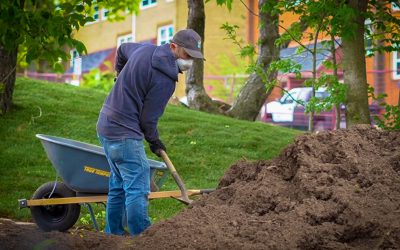
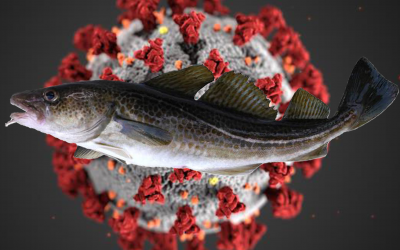

Recent Comments